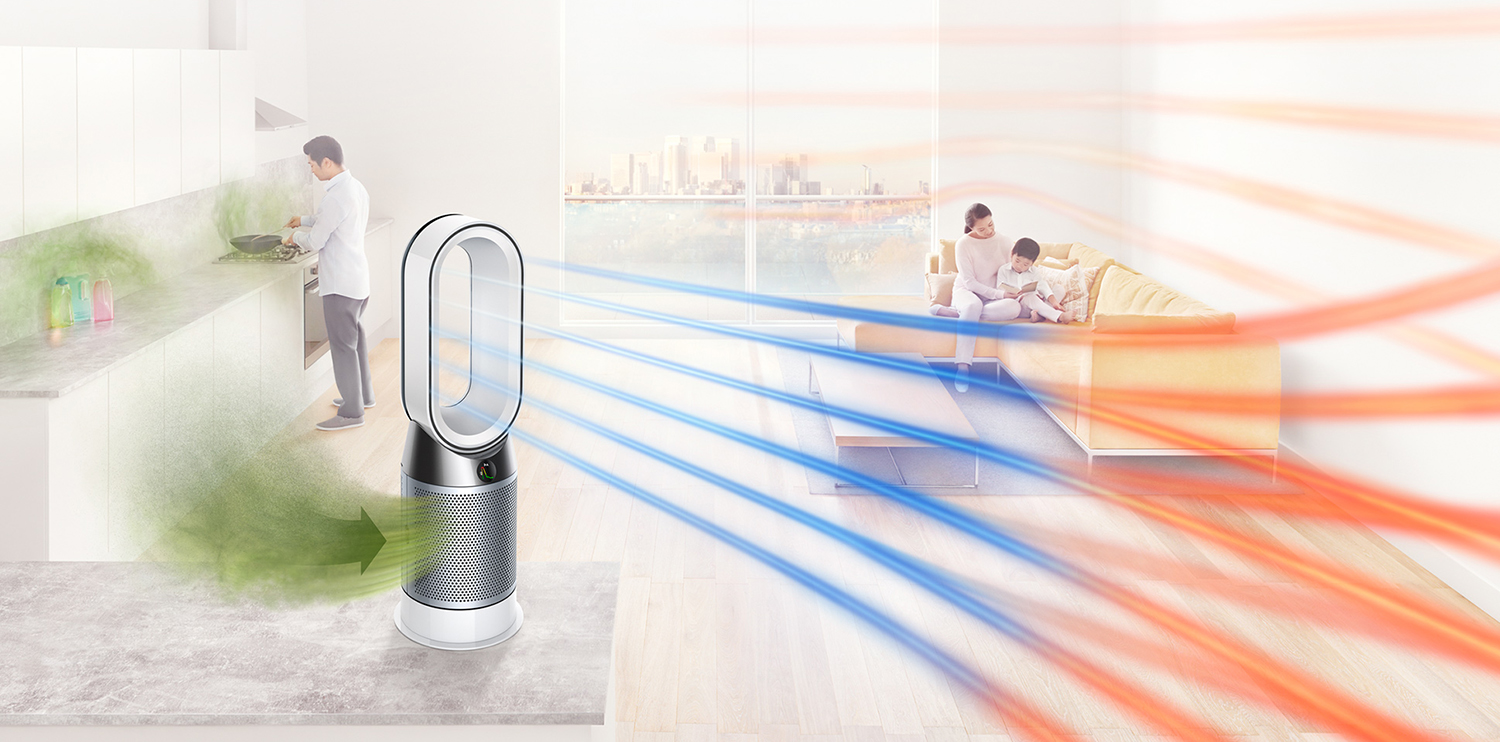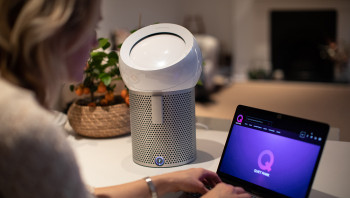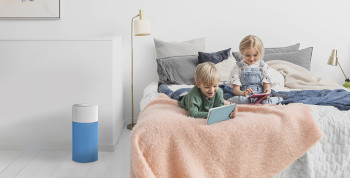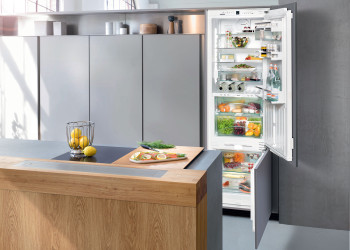Designing Household Appliances With Planet And Health In Mind


Designing Household Appliances With Planet And Health In Mind
by ESHA CHHABRA for FORBES
We love cold air — particularly as 2020 seems to be a record-breaking year in terms of sweltering summer temperatures. While southern California saw temps as high as 117 Fahrenheit in urban areas the past month, more hot weather is on the way.
Turning the AC on is one solution. But AC has drawbacks: it eats up energy off the grid (hence power cuts in CA); it requires HFCs or hydrofluorocarbons (which the UN says is problematic because HFCs could be 11,700 times more powerful than carbon dioxide); and they’re not terribly efficient (units in Japan and EU have been tested to be more efficient than those in the US).
Yet AC units are popular and getting more so with each year. According to the International Energy Agency, the global energy demand for ACs alone will increase by three-fold by 2050. We’re looking at 5.6 billion ACs on the planet by 2050. Today, we have just 1.6 billion units in comparison. The IEA report suggests that 10 new ACs will be sold every second for the next 30 years.
The impact isn’t just on the air we breathe, but also on the acoustics of our society, says Poppy Szkiler, the founder of Quiet Mark, a non-profit organization working with brands to dial down the decibel levels on household electronics and appliances. ACs are guilty of being noisy, and polluting.
Szkiler describes this “noise pollution” as an “an invisible pollutant worldwide,” which can affect overall health.
“Sound affects our brain waves, heart rate, breathing, hormone secretion and all of our physical rhythms. Simply put negative sound depletes our concentration, productivity, general balance and in excess or extremes can even be fatal as it directly impacts the cardiovascular system,” she says.
“When we battle with uncomfortable volume levels and layers of unwanted noise, our minds and bodies have to divert focus on fighting the intrusion by trying to shut it out. With noisy AC that can be a constant fight all day to shut out the noise to concentrate, sleep, hear, speak over or stay calm, adding layers of stress for our brains and hearing ability.”
What can help reduce the burden of both noise and environment pollutants coming off of traditional AC units?
Fans are an obvious choice as being a more low-tech but effective solution. Yet, they can also be pushing dirty air around, says Dyson design engineer Jim Forrest.
To address this, Dyson developed a multi-functional unit, which purifies air, cools, and heats it (in the winter months). This three-in-one solution could tackle the multiple problems at stake. Plus, Dyson worked with Quiet Mark to ensure it’s as quiet as an air-pushing device can be. It’s also got an Energy Star certification to cut down on its overall energy consumption.
“Anecdotally we have heard that many consumers do feel they have saved money using a Dyson purifying fan compared to AC,” Forrest notes.
Designing the product wasn’t easy, though, he says. It required a fair amount of research and development to meet all the needs of efficiency, noise reduction, and effectiveness: “The two most challenging parts of keeping Dyson purifying fans quiet is the motor bucket and the airflow. Our motor sits at the heart of the machine to power it to project over 77 gallons of smooth, purified air per second. With a motor running at the speed needed to move that much air, we risked a lot of noise coming from the chamber where the motor sits. To reduce the noise we took steps to insulate the chamber.”
While these units do cost more than the typical tower fan or desktop fan, they offer an added benefit: quieter air flow and cleaner air. For small spaces, instead of opting for a standalone AC unit, could this be a viable alternative for urban dwellers?
Solar-powered AC units are on the horizon. But they have their drawbacks too: cannot run at night (unless they can store energy) or have pumps that do suck up a fair amount of electricity (which again, if it’s off the grid, that would be ideal).
Till then, the next heatwave could be combated with a quieter drum of an energy-efficient fan versus a central AC unit.
Read the original article on the Forbes website HERE.











 Quiet Mark Founder
Quiet Mark Founder